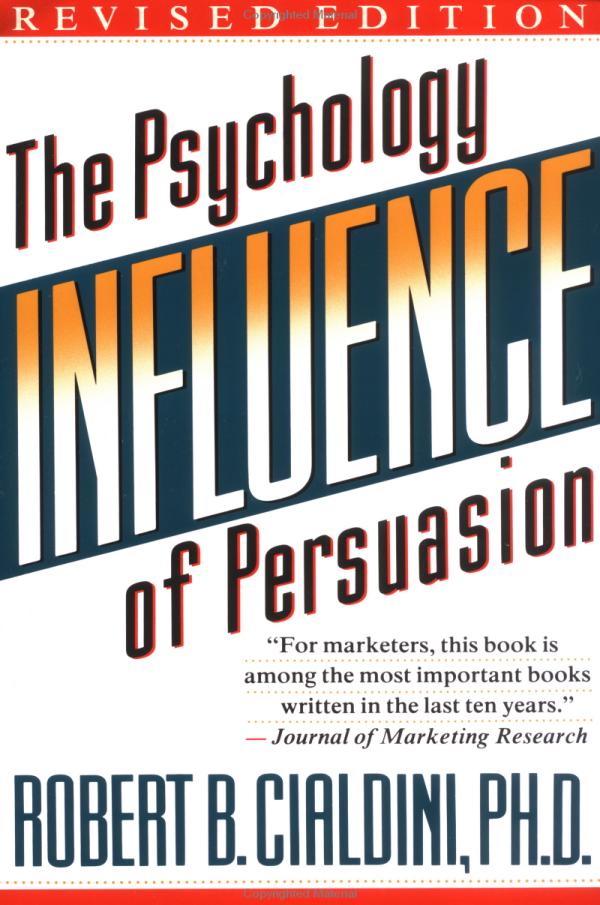The book that has had
the most influence on my life and that has had the greatest practical impact -
meaning that I use what I read the most - is Dale Carnegie’s, How to Win Friends and Influence People.
It discusses the fundamental techniques
in handing people, how to win people to your way of thinking, ways to make
people like you, and how to be a leader.
It is all common
sense, but as we all know, common sense is not always common practice. It is not a business book, a relationship book,
or a self-help book. It is a life book - my life has been changed
forever by it - and hopefully I have helped others improve their lives because of
it as well.
Below I list out the
principles of the book in anticipation that they that will inspire you to
action. What action? Any positive action...but reading the book would be a great start.
FUNDAMENTAL TECHNIQUES IN HANDLING PEOPLE
PRINCIPLE 1
Don’t criticize, condemn, or complain.
PRINCIPLE 2
Give honest and sincere appreciation.
PRINCIPLE 3
Arouse in the other person an eager want.
HOW TO WIN PEOPLE TO YOUR WAY OF THINKING
PRINCIPLE 1
The only way to get the best of an argument is to avoid it.
PRINCIPLE 2
Show respect for the other person’s opinions.
Never say, “You’re wrong.”
PRINCIPLE 3
If you are wrong, admit it quickly and emphatically.
PRINCIPLE 4
Begin in a friendly way.
PRINCIPLE 5
Get the other person saying “yes, yes” immediately.
PRINCIPLE 6
Let the other person do a great deal of the talking.
PRINCIPLE 7
Let the other person feel that the idea is his or hers.
PRINCIPLE 8
Try honestly to see things from the other person’s point of
view.
PRINCIPLE 9
Be sympathetic to the other person’s ideas and desires.
PRINCIPLE 10
Appeal to the nobler motives.
PRINCIPLE 11
Dramatize your ideas.
PRINCIPLE 12
Throw down a challenge.
SIX WAYS TO MAKE PEOPLE LIKE YOU
PRINCIPLE 1
Become genuinely interested in other people.
PRINCIPLE 2
Smile.
PRINCIPLE 3
Remember that a person’s name is to that person the sweetest
and most important sound in any language.
PRINCIPLE 4
Be a good listener.
Encourage others to talk about themselves.
PRINCIPLE 5
Talk in terms of the other person’s interests.
PRINCIPLE 6
Make the other person feel important – and do it sincerely.
BE A LEADER
PRINCIPLE 1
Begin with praise and honest appreciation.
PRINCIPLE 2
Call attention to people’s mistakes indirectly.
PRINCIPLE 3
Talk about your own mistakes before criticizing the other
person.
PRINCIPLE 4
Ask questions instead of giving direct orders.
PRINCIPLE 5
Let the other person save face.
PRINCIPLE 6
Praise the slightest improvement and praise every
improvement.
Be “hearty in you approbation and lavish in your praise.”
PRINCIPLE 7
Give the other person a reputation to live up to.
PRINCIPLE 8
Use encouragement.
Make the fault seem easy to correct.
PRINCIPLE 9
Make the other person happy about doing the thing you
suggest.
 |
| Make everybody you talk to feel important and appreciated! |
Enthusiastically scribbled by,
Jason Riemens


